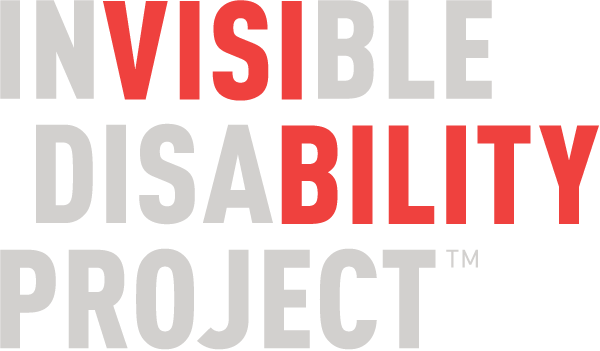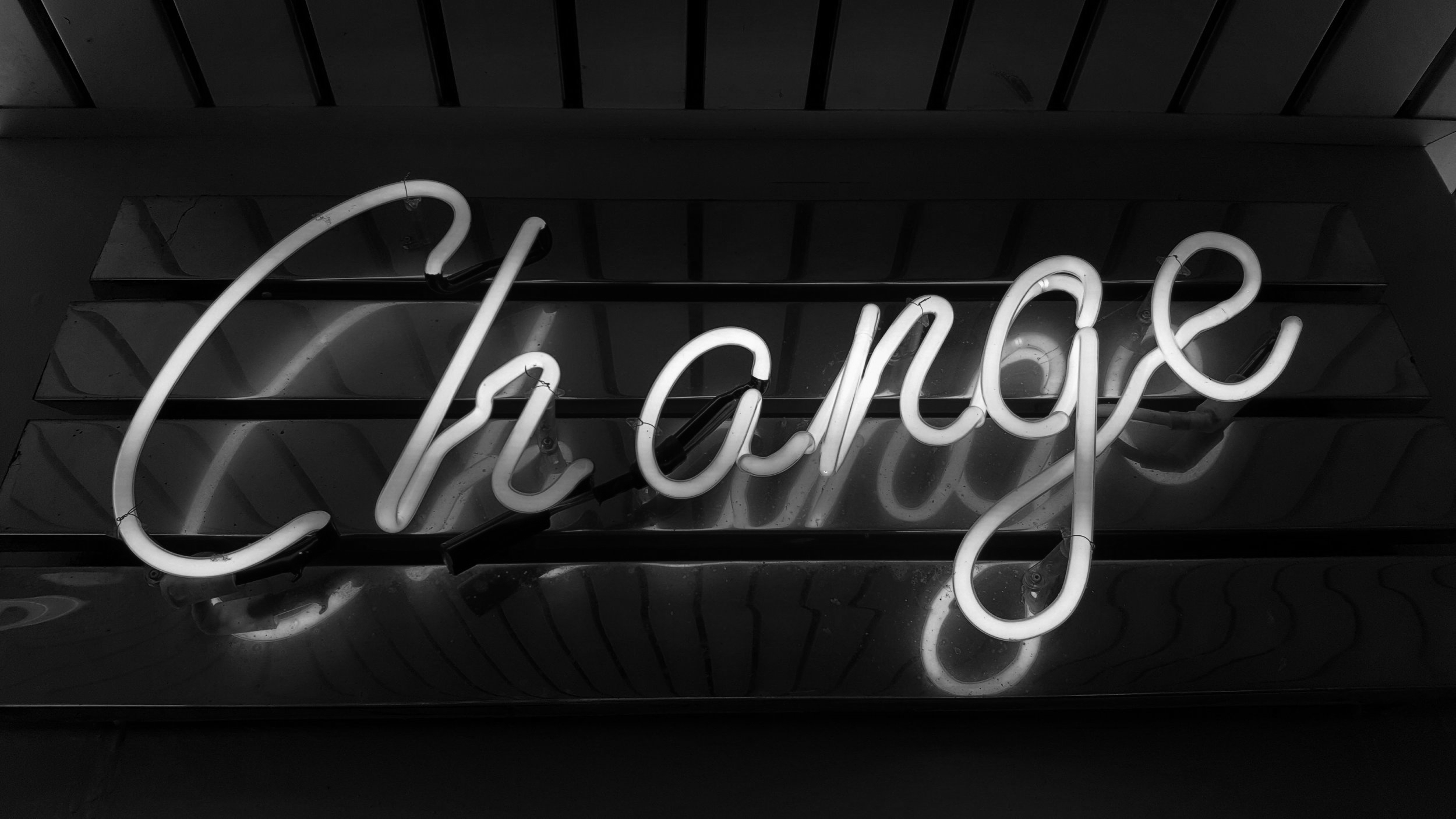Reimagining Special Education for Those With Invisible Disabilities
By Linda Williams, Ph.D.
Founder of Invisible Disability Project
CONTACT
I recently attended a Special Education IEP (Individualized Educational Program) meeting for a boy in first grade. Academically bright, he looks just like his peers: neat, dressed in current clothing, he runs around with the latest gadgets, and wears the cool shoes. However, he was diagnosed with Pragmatic Language Impairment and Attention Deficit Hyperactivity Disorder. He’s on the Autism Spectrum, and struggles to understand the social cues of others.
On the morning of the meeting, I arrived before class began and all the kids were standing outside the closed classroom door. Some children assembled politely in a line, waiting for the door to open. Others huddled together, happily engaged in first-grade chatter. I watched as the boy sidled up to a group of three other boys.
Boldly and brightly, he asked, “Who here has a Nerf Zombie Strike gun? Raise your hand!”
His hand shot up, fingers spread wiggling in the air and feet dancing on the ground, nodding his head in excitement as he waited for others in the group to raise their hands and share his enthusiasm.
Nerf toys are this child’s favorite topic. He relates to the objects. The toy object interacts with him in a way that people often will not. He pulls back the hammer and the gun makes a cocked noise, as if telling him “I am in this with you.” He aims and fires this colorful plastic toy and it performs along with him as he pulls the trigger, points at imaginary zombies, and pop–the bright green and yellow soft tipped foam bullets respond to his commands, bursting out in a satisfying dance of social reciprocity. The Nerf gun is reliable, too. It not only does what the child asks it to do, it does what it is supposed to do within the confinement and limitations of the machinery.
Ask the Nerf gun to play Chopin, ride a bicycle, or improvise in comedic banter and the machinery of the colorful little toy will fail miserably. But the boy does not ask it to do these things. He knows what can be asked of it, and the toy responds, in perfect harmony.
As the boy stood waiting for his classmates to raise their hands, he could not control their reactions. One nudged another. They giggled. The look in their eyes said, “This boy is a little weird.”
But he looks just like them. They cannot see his disabilities. These disabilities are invisible.
How do we engage with the invisible?
Invisibility is a cultural phenomenon. It’s difficult for us to talk about the things we don’t see. These unseen emotional and physical impairments often leave our children feeling isolated, stigmatized, misunderstood, or much worse. It does not need to be this way.
The boy who loves Nerf guns does not have the flexibility to adjust his reaction to his peers. The others, however, do have the capacity to adjust – to change – how they interact with this boy. They can be taught to react differently.
What if this was the driving principle of Special Education? What if the entire system was re-imagined and redesigned to accommodate flexibility where it exists, and rigid boundaries where it must? What if this same principle was applied to the treatment of anyone–children, teens, adults–with invisible disabilities? Witnessing the exchange between the boy and his classmates, as well as countless other interactions, has led me to create the Invisible Disability Project.
IDP is a movement striving to build a conversation about invisible disabilities. It tries to develop ways to change youth culture by understanding that normalcy is a fantasy, and bodily and cognitive diversity are real.
OBSERVING THE CHILD WITHIN THE BOUNDARIES OF “NORMAL"
When the confinement and limitations of one thing bump up against the potential flexibility in another, we have an opportunity to look within the sphere of the most nimble participant in a social dyad. In this example, the group of three boys.
Special Education currently focuses on, and attempts to change, the behavior of the least flexible individuals when utilizing a “Behavioral Plan.” As such, those who have the greatest emotional or behavioral challenges are constantly negotiating the one-sided feedback loop. Special education provides support to help the child fit into the traditional setting. This fails in some instances, because the territory of the child–in its purest form–may not fit within the established boundaries.
To begin re-imagining the Special Education system, we must first discover the places where we can consciously dismantle rigid walls and open up new territories for all who reside within the boundaries. Re-imagining the Special Education system may start with seeing the entire process differently.
HOW IT’S MAPPED
There are discrete categories one may fit into in order to receive a free and “appropriate” public education under the Federal Individuals with Disabilities Education Act (IDEA). One may fit into the category of “deafness, developmental delay, autism, intellectual disability, serious emotional disturbance,” and a variety of other terms that serve to lay maps for expected manifestations of such a label.
Once a child is put into a category, resources toward in-school interventions are organized and deployed. The current Special Education model for the socially or behaviorally challenged child, for example, centers around careful monitoring and recording of incidents and examining environmental antecedents. These observations of the child are then tallied and tracked over a specified interval. A team meeting of all reviewers may then assemble and interventions or means of behavioral change may be implemented. These may come in the form of redirection, or rewards and punishments–where the socially challenged child may earn rewards or lose privileges such as recess, or time on a preferred activity such as an iPad.
This mapped out world lives under a legal umbrella of Federal and State Laws and guidelines that audit Individualized Educational Programs (IEP), provide parental safeguards, and keep a close eye on the “rights” of the “disabled” child in the “appropriate” educational environment.
Re-imagining special education by re-imagining the map
What would happen if we sought change outside of the most challenged individual and instead asked this from the least challenged around him? Let’s borrow a metaphor from Art 101. The concept is Negative Space.
Negative Space is the space around or within a positive form, or the thing we put language around and talk about. An example would be to observe a cup. The cup is the thing. It is a vessel to hold water, cereal, or other things like marbles. Yet the very essence of the cup is the empty space inside that shares edge with the pottery, the thing we refer to as a cup. Without the space inside, it would cease to be the thing we know as cup.
Using this metaphor with the special education model, the Negative Space of the challenged child is the other children, or the adults who participate in the space around the behaviors of the neuro or bodily diverse child. The peer group around the neuro or bodily diverse child is therefore essential to the functionality of the challenged child, just as space is essential to the cup being what it is created to be.
Let’s revisit the circle of three young boys who were just told to raise their hand if they have Nerf guns. What would happen if the Special Education system shifted the focus to include the plasticity of the able bodied peers to form behaviors of engagement, compassion, understanding, and tolerance for diversity? What would happen if the metrics of change (tracking of antecedent, target behaviors, rewards) were focused on the most abled, this negative space of the challenged child?
“Boy number one, you looked around, giggled and elbowed your other peer who looked at the third peer and nodded in agreement that this Nerf gun kid is a bit weird.” If we were tracking the special education way, these three boys would have been given a behavioral “redirection,” or a “time out,” and choices for alternative behaviors in order to have a desired outcome. They would lose their reward for the day.
With regard to challenged kids, we can’t expect improvisational brilliance when the limitations of the machinery are being tested. Nor should the onus of change constantly be on the very being who is already taxed in a system that is unyielding. Yet we can utilize other routes for change, especially when those other routes lead to even more positive change that focuses on tolerance for difference and compassion.
Often our thinking snags on the very thing we attempt to effect change upon, rather than seeing the possibility of the obvious and most pliable spaces for change around it. To begin, a cultural conversation outlining how to be able-bodied allies and able-bodied classmates to fellow disabled students is a great starting place. Building a network of able-bodied allies addresses the challenged child differently and supportively. It makes sense that we address both the cup and the space. This is the goal of the Invisible Disability Project.
The Invisible Disability Project seeks to build a movement where we can re-imagine the social and cultural spaces that maintain invisibility. Our purpose is to build conversation and safe spaces between peers, educators, and parents–all humans–in order to share and support the unseen. Invisible disabilities lead to so much unnecessary shame and social stigma across our country. We can’t do this without supportive and compassionate listeners, those who hold the space for an individual courageous enough to become visible through self-advocacy and self identify as someone who may need assistance, accommodation, or simply compassion during a difficult moment. But we also need to recognize that ableism, like racism, sexism, or elitism is a form of discrimination in our society against disabled persons. And without willing able bodied allies–margins widen rather than shrink. The disabled community is the largest minority in the U.S., and disability does not discriminate. Should you live long enough, you too will know how it feels to be disabled.
This movement toward social change helps us learn how to decrease cultural biases and other snap judgments. If you encounter unusual peer behavior, step forward and ask if there is something unseen. Create space for peers to share the unseen–let us not create greater margins. The Invisible Disability Project’s mission is to create a youth culture of awareness, listening, and conversation. Through these small acts, massive change can be possible across old systems and old thinking.






